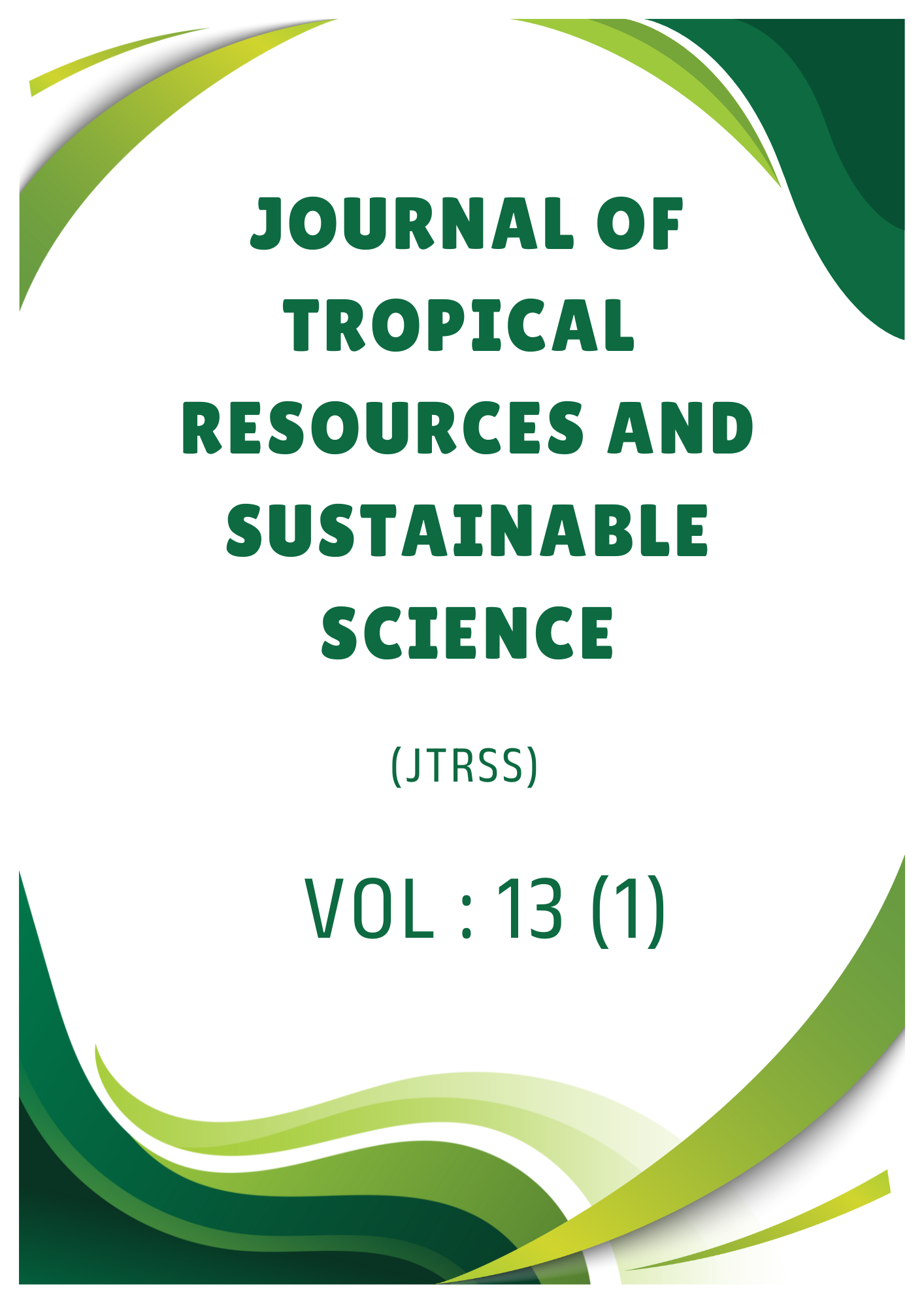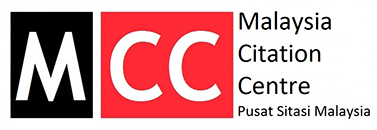Effect of Excessive Nitrogen Fertilizer and Glyphosate Application in Brassica rapa var. chinensis
DOI:
https://doi.org/10.47253/jtrss.v13i1.1391Keywords:
cell injury; chlorophyll content; electrolyte leakage; oxidative stress; root length; toxicityAbstract
Nitrogen fertilizers and herbicides are used in excessive and disproportionate quantities to increase crop yields. However, apart from being taken by the crops or weeds, these agrochemicals above the threshold level pollute the soil. Thus, an experiment was conducted to evaluate the physical growth and oxidative stress of Brassica rapa var. chinensis (Bok choy) when exposed to different rates of nitrogen fertilizer and herbicide (glyphosate). The soil was treated with urea fertilizer at 0.0 kg N ha-1 (T0), 70.0 kg N ha-1 (T1), 80.0 kg N ha-1 (T2), 90.0 kg N ha-1 (T3), and 115.0 kg N ha-1 (T4); with 0.5 kg ai ha-1 glyphosate.
The height of B. rapa significantly reduces with the application of glyphosate at N-treated soil at 80, 90 and 115 kg N ha-1. Similarly, the root length of B. rapa was significantly reduced at all urea and glyphosate treatments (T1-T4). Nevertheless, shoot fresh weight was observed to be less susceptible; with stimulated growth (p<0.05) was recorded at all single application of urea except at 80.0 kg N ha-1 (CT2 and T2). The leaf diameter of B. rapa was greatly promoted at all single urea application but reduced with the application of glyphosate, with smallest diameter was recorded at T2. However, no significant effects on chlorophyll contents were detected across treatment combinations. Glyphosate alone caused the highest injury level to the leaf membrane seven times higher than the control, with the root recorded with the lowest injury level. The root membrane leakage showed a higher injury level at T1 and T2, two to three times higher than the control, respectively. Therefore, this study suggests that B. rapa gave various responses to urea and glyphosate toxicity when applied both by single and a combination of treatments. B. rapa was found to be more sensitive to glyphosate efficacy when urea was supplied at 80 kg N ha-1 than other fertilizer concentrations.







